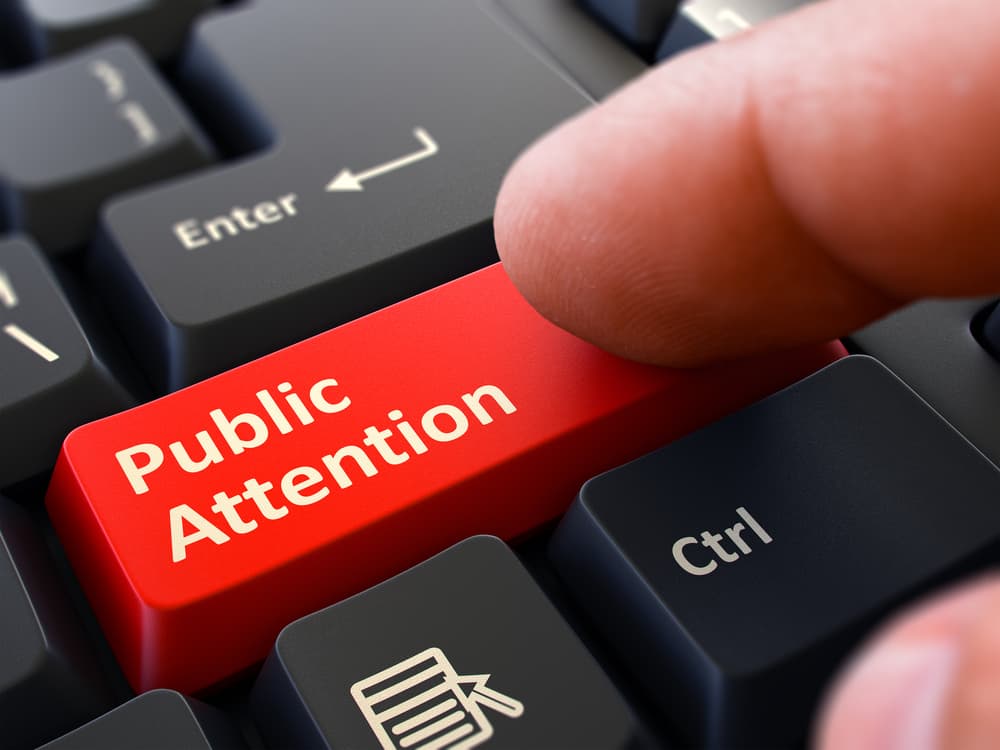The U.S. Small Business Administration re-opened the Paycheck Protection Program (PPP) earlier this month, making nearly $300 billion in forgivable loans available to those small businesses that did not receive a PPP loan last year, as well as a second draw for certain existing PPP borrowers.
The $2.3 trillion Consolidated Appropriations Act of 2021, signed into law Dec. 27, 2020, included the new PPP loans as part of a $900 billion COVID-19 pandemic relief package inside the legislation.
The first round of PPP loans in 2020, part of the CARES Act passed in March 2020, provided 5.2 million loans worth $525 billion to some 5,400 small businesses.
“The historically successful Paycheck Protection Program served as an economic lifeline to millions of small businesses and their employees when they needed it most,” said Jovita Carranza, outgoing SBA Administrator, on Jan. 8, 2021. “Today’s guidance builds on the success of the program and adapts to the changing needs of small business owners by providing targeted relief and a simpler forgiveness process to ensure their path to recovery.”
Key PPP Loans Updates
Despite the name, PPP loans can cover more than businesses payrolls.
Here are some key updates to the new rounds of PPP loans, which run to March 31, 2021 or until funds are depleted:
- PPP borrowers can set their PPP loan’s covered period to be any length between 8 and 24 weeks to best meet their business needs.
- The Program’s eligibility is expanded to include 501(c)(6)s, housing cooperatives, destination marketing organizations, among other types of organizations.
- The PPP provides greater flexibility for seasonal employees.
Certain existing PPP borrowers can request to modify their first draw PPP loan amount and may be eligible to apply for a second draw PPP loan.
To be eligible for a second draw PPP loan, borrowers must have received a first draw PPP loan, the full amount used for authorized uses only. Other restrictions for a second draw PPP loan:
- Business must have no more than 300 employees.
- Business must demonstrate at least 25 percent reduction in gross receipts between comparable quarters in 2019 and 2020.
Maximum PPP loans are $2 million or based on the average total monthly payroll costs incurred or paid during the one-year period ending before the day on which the loan is made or for the calendar year 2019, multiplied by 2.5.
Allowable Expenses Expands This Round
Small businesses have more flexibility this round of PPP loans, with the program covering additional expenses, including operations expenditures, property damage costs, supplier costs, and worker protection expenditures.
Here is a look at some items covered:
- Operational Expenses: payments for any business software or cloud computing service that facilitates business operations, product or service delivery, the processing, payment, or tracking of payroll expenses, human resources, sales and billing functions, or accounting or tracking of supplies, inventory, records and expenses.
- Property Damage Costs: costs related to property damage and vandalism or looting due to public disturbances that occurred during 2020 that was not covered by insurance or other compensation.
- Worker Protection Expenditures: Pay expenses related to the maintenance of standards for sanitation, social distancing, or any other worker or customer safety requirement related to COVID–19
Follow these links for the full rules: Interim Final Rule on PPP Loans and the Interim Final Rule on Second Draw PPP Loans
More Economic Help Could Be on the Way
The U.S. Small Business Administration announced that in the first seven days of the re-opened program, it approved approximately $5 billion in PPP loan applications.
There may be even more economic help on the way for small businesses as President Joe Biden has called for $15 billion in small-business grants and a $35 billion in state, local, tribal and nonprofit small-business financing programs providing low-interest loans and venture capital, as part of his $1.9 trillion coronavirus relief plan.
“An economy that is fully re-opened and recovers with relative speed will save countless Main Street businesses and jobs, and provide a spark for new entrepreneurs to launch new businesses and hire,” said Karen Kerrigan, SBE Council president and CEO, in a statement to CNBC.
This information as well as other regulations businesses must follow (both new and old) are complicated. If we can help you in some way, please reach out.





